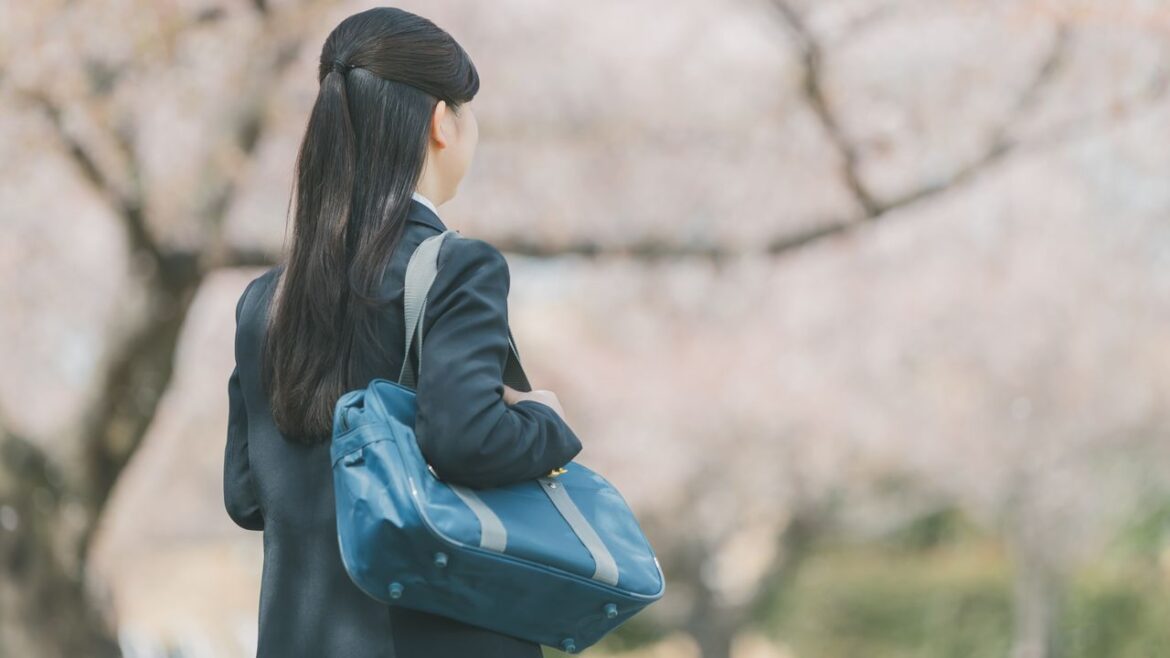A survey of Japan’s low-income households found that many were struggling to cover the expenses of school education.
Education Expenses
Save the Children Japan, an international NGO, conducted a survey in August this year on the education-related expenses of low-income households that are receiving financial assistance from the organization to cover the costs of children entering school. In total, responses were received from a total of 148 junior high and high school students and from 436 parents or guardians.
Among the expenses incurred to enter junior high or high school, school uniforms stood out as a particularly costly item. The average price was ¥64,656 for junior high and ¥80,621 for high school, with both figures rising by around ¥10,000 compared to the previous year. Other major expenses included bicycles, which averaged over ¥40,000, as well as gym clothes and other required items that respectively cost ¥20,000 or more. Such expenses are seen as significant factors driving up the cost of entering a school.

Given the shift toward digital learning, around 50% of public high schools and 60% of private high schools require students to purchase a computer or tablet upon enrollment, at the average cost of ¥79,657. In many cases, the financial burden is worsened because the school specifies a particular model, leaving little room to choose a cheaper option.
When asked about the sort of support for school enrollment they would like to receive, around 70% of both students and their parents or guardians responding mentioned being able to either purchase at a discount school uniforms, gym clothes, and other such items or receive them free of charge. Many also expressed the hope that students would be provided with textbooks and that there would be no requirement to purchase school-designated items.
Support for Compulsory High School Education
About 70% of junior high and high school students, as well as their parents or guardians, said they would like for high school to be made part of compulsory education in Japan. The most common reasons cited were that almost all children now attend high school and that not having a high school diploma puts students at a disadvantage when seeking employment.

The responses to the open-ended survey questions reflected the distress of students from low-income families, such as a first-year high school student in Tokyo who wrote: “We only have the bare minimum for tuition and food, so I have to go without other things. I don’t want to have kids of my own because I wouldn’t want them to go through the same sort of experience.”
The government plans to begin making high school tuition free starting in fiscal year 2026, but Save the Children Japan argues that, in order to secure the “right to learn” for children from low-income households, financial assistance for costs other than tuition must be expanded, and schools must provide more educational supplies and allow more options for items to be purchased.
Data Sources
(Translated from Japanese. Banner photo © Pixta.)


AloJapan.com